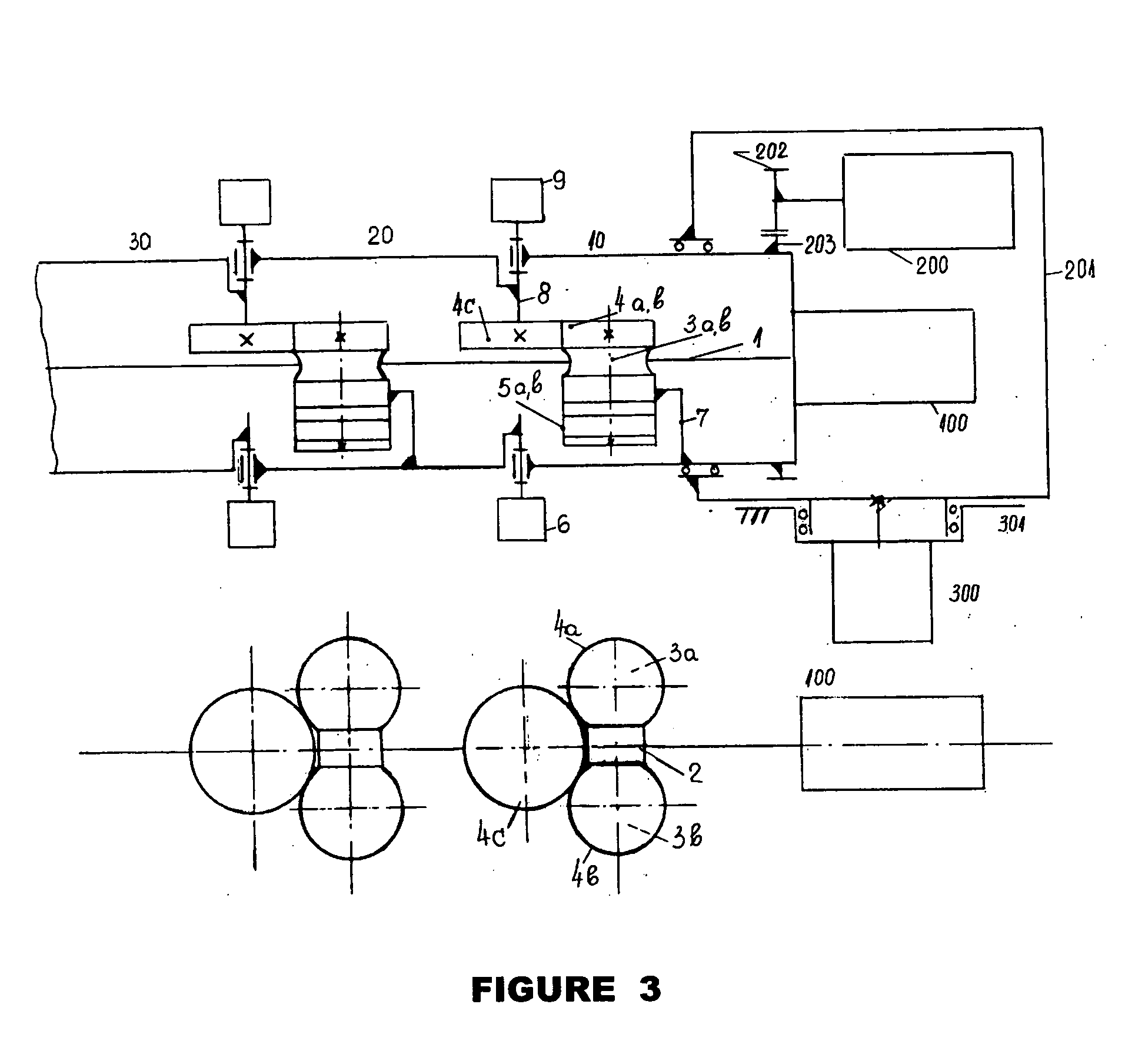Method for driving multiple-module mechanisms by a single motor and redundant modular robots produced therefrom
a technology of multiple modules and robots, applied in the direction of mechanical control devices, process and machine control, instruments, etc., can solve the problems of complex control system for all motors, inability to operate correctly, complex mechanical complexity of robots, etc., and achieves simple and economical manufacturing and maintenance, easy assembly and disassembly, and high payload capacity.
- Summary
- Abstract
- Description
- Claims
- Application Information
AI Technical Summary
Benefits of technology
Problems solved by technology
Method used
Image
Examples
first embodiment
[0057] As the kinematical scheme and principle of operation of the first embodiment mechanism can be designed in a variety of concrete mechanical constructions, they are considered as not deviating from the spirit of the present invention and therefore embraced by it.
[0058] A second embodiment of the redundant modular robot of the invention is illustrated on FIG. 2. For convenience of the explanation and easy comparisons of the schemes all participating components have the same indices. The main difference between the first and second preferred embodiment is in the way of implementing the internal mechanism of the multiple modules. Therefore the general structure of the redundant modular robot is the same as in the first embodiment. It is presented here for keeping the completeness of the description.
[0059] The redundant modular robot has a plurality of connected to each other modules 10, 20, 30, etc. driven by a flexible shaft 1. Each of the modules 10, 20, 30, etc., has the same ...
second embodiment
[0061] The particular implementation of each module 10, 20, 30, etc., in this second embodiment is further disclosed by the description of the internal mechanism of these modules. Referring again to FIG. 2, a driving wheel 2 is fixed to the said flexible shaft 1 and transfers the rotation from the driving motor 100 to the mechanism of said module. A pair of transferring wheels 3a and 3b coupled to both sides of the driving wheel 2 such that transferring wheel 3b rotates at opposite direction to the 3a wheel. These driving wheels 3a and 3b rotate permanently as the driving motor 100 and the flexible shaft 1 do.
[0062] Pair of electromagnetic clutches 5a and 5b is provided for switching one of the opposite directions of rotations further to the mechanism. The body of the clutches 5a and 5b are fastened to the body of said module through fixtures 7a and 7b. The shaft of clutch 5a is fixed to the transferring wheel 3a and the shaft of clutch 5b is fixed to the transferring wheel 3b. When...
PUM
 Login to View More
Login to View More Abstract
Description
Claims
Application Information
 Login to View More
Login to View More - R&D
- Intellectual Property
- Life Sciences
- Materials
- Tech Scout
- Unparalleled Data Quality
- Higher Quality Content
- 60% Fewer Hallucinations
Browse by: Latest US Patents, China's latest patents, Technical Efficacy Thesaurus, Application Domain, Technology Topic, Popular Technical Reports.
© 2025 PatSnap. All rights reserved.Legal|Privacy policy|Modern Slavery Act Transparency Statement|Sitemap|About US| Contact US: help@patsnap.com



